
Canada’s Los Andes Copper to build “Chile’s next major mine”

The company’s Vizcachitas project — a copper-molybdenum porphyry deposit 150 km northeast of Santiago — is one of the largest undeveloped deposits not held by a major mining company.
The proposed open-pit mine and concentrator is located at a relatively low elevation of 2,000 metres above sea level, and is just 65 km from a railway in San Felipe, with connections to the Port of Ventanas and two smelters, located 140 km and 90 km from the deposit.
It also sits in the same mineral belt as Antofagasta’s Los Pelambres, Codelco’s Andina and El Teniente, as well as Anglo American’s Los Bronces mines.
“The advantageous size and location of the resources allow the development of the project with a potential lower capital investment in infrastructure than most of the presently considered potential new green-field developments,” executive chairman, Fernando Porcile, told MINING.COM.
The Vizcachitas project copper-molybdenum porphyry deposit sits in the same mineral belt as Antofagasta’s Los Pelambres, Codelco’s Andina and El Teniente, as well as Anglo American’s Los Bronces mines.
After the recent publication of a preliminary economic assessment (PEA) for the project, released in June, management is preparing a prefeasibility study (PFS) that expects to submit by the end of 2020. If all goes well, the company expects the approval process to take about two years.
Based on the PEA, Vizcachitas would be in operations for 45 years and would require an initial investment of $1.87 billion.
Chile’s President Piñera recently submitted to Congress a series of modifications to a bill introduced earlier this year.
The proposed law would set stiffer fines and jail time for serious violations of the country’s environmental rules.
It would also make it a crime to mislead environmental inspectors or to obstruct the enforcement of environmental regulations in the world’s top copper producing country.
Referring to those developments, Porcile said that while the proposed modifications could eventually bring additional difficulties to the approval of projects, they reflect the need for companies to increase their commitment to environmental compliance.
“The mining sector in Chile has been heavily regulated for a long time,” Porcile noted. “These changes are being particularly resented by industries that have not been properly supervised in the past and need to adopt more drastic cultural changes.”
The South American nation is highly dependent on mining and the government is conscious that more projects are needed, said Porcile, who has been in the mining business for more than 50 years.
Right place, right time
Copper output in Chile, the leading producing nation, is expected to exceed 6 million tonnes for the first time this year and continue to rise by about 30% over the next 10 years, according to the country’s state copper agency, Cochilco.
Output of the red metal, the agency says, could reach a record of 7.25 million tonnes as early as 2025, thanks mainly to new projects and planned expansions to come online this decade, as Chilean miners confront falling ore grades at older mines.
Production from existing, aging mines, Cochilco notes, will decline by 19% to 4.46 million tonnes annually, but the drop will be offset by new ventures and mine expansions.
The metal’s price has dropped by about 10% since April, following a trend that many commodities have seen amid global economic instability, hunger for the mineral has weakened.
Analysts, however, remain generally bullish about the red metal’s future as China pushes to develop the largest electric vehicle (EV) industry in the world. This effort means Chile’s copper industry, worth $31.5 billion a year, may soon become stage a major comeback.
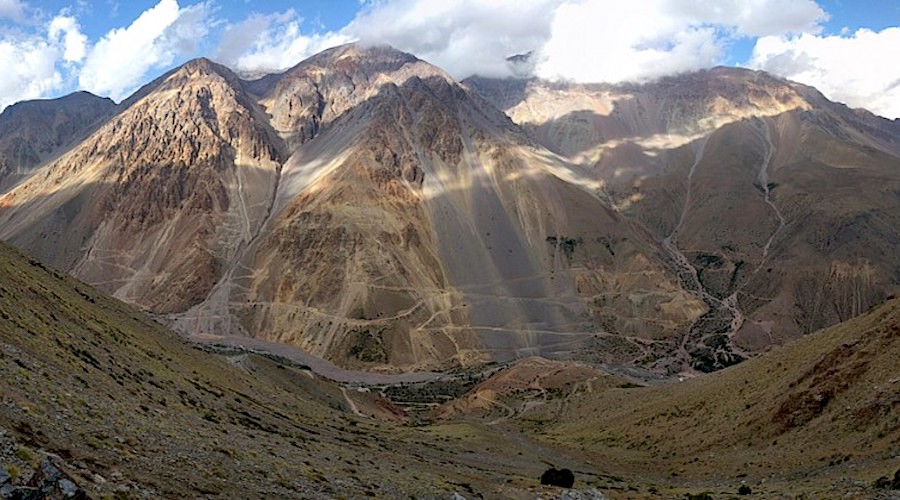


Gold price eases after Trump downplays clash with Fed chair Powell

Copper price hits new record as tariff deadline looms

Brazil producers look to halt pig iron output as US tariff threat crimps demand

Three workers rescued after 60 hours trapped in Canada mine

Gold price could hit $4,000 by year-end, says Fidelity

Chile’s 2025 vote puts mining sector’s future on the line

US targets mine waste to boost local critical minerals supply

Energy Fuels surges to 3-year high as it begins heavy rare earth production

Glencore workers brace for layoffs on looming Mount Isa shutdown
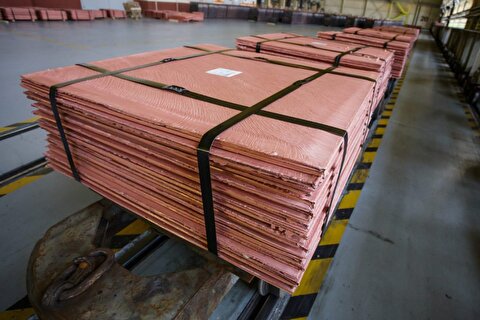
Trump tariff surprise triggers implosion of massive copper trade
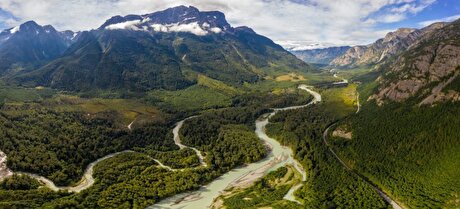
Maxus expands land holdings at Quarry antimony project in British Columbia

BHP, Vale accused of ‘cheating’ UK law firm out of $1.7 billion in fees
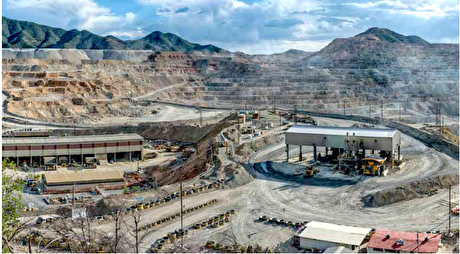
Southern Copper eyes $10.2B Mexico investment pending talks
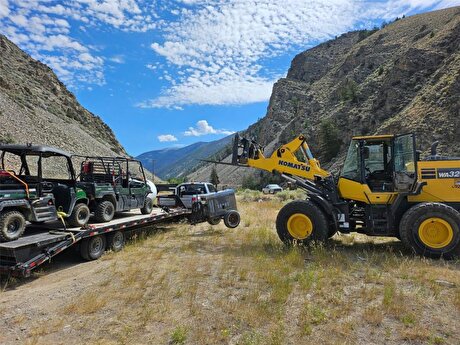
American Tungsten gets site remediation plan approved for Ima mine in Idaho

Kinross divests entire 12% stake in Yukon-focused White Gold

Gold price could hit $4,000 by year-end, says Fidelity

Southern Copper expects turmoil from US-China trade war to hit copper

Ramaco Resources secures five year permit for Brook rare earth mine in Wyoming

Column: EU’s pledge for $250 billion of US energy imports is delusional

Trump tariff surprise triggers implosion of massive copper trade

Maxus expands land holdings at Quarry antimony project in British Columbia

BHP, Vale accused of ‘cheating’ UK law firm out of $1.7 billion in fees

Southern Copper eyes $10.2B Mexico investment pending talks

American Tungsten gets site remediation plan approved for Ima mine in Idaho

Kinross divests entire 12% stake in Yukon-focused White Gold

Gold price could hit $4,000 by year-end, says Fidelity

Southern Copper expects turmoil from US-China trade war to hit copper

Ramaco Resources secures five year permit for Brook rare earth mine in Wyoming














